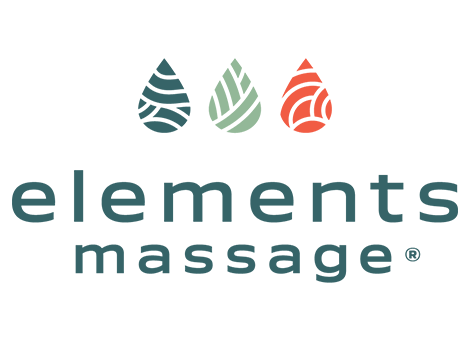Massage therapy, a practice rooted in ancient traditions, has been used for centuries as a therapeutic intervention for a variety of ailments. Among these, the reduction of chronic pain stands out as one of the most notable and well-documented benefits of regular, monthly massages. This article delves into the scientific literature to examine how massage can alleviate chronic pain.
Understanding Chronic Pain
Chronic pain is defined as pain that persists for more than three months, and it significantly affects the quality of life of sufferers. Conditions such as fibromyalgia, arthritis, and chronic low back pain are common sources of chronic pain (Treede et al., 2015). Effective pain management strategies, including non-pharmacological methods such as massage therapy, are crucial for those living with chronic pain.
Massage Therapy and Chronic Pain
Research has demonstrated the positive effects of massage therapy on chronic pain. In a systematic review by Furlan et al. (2008), it was found that massage therapy significantly reduced pain and improved function in patients with chronic low back pain.
The Mechanisms Behind Massage's Effect on Pain
The analgesic effects of massage therapy may be attributed to a combination of physiological and psychological mechanisms. From a physiological perspective, massage is believed to reduce pain by promoting blood flow, reducing inflammation, and stimulating the release of endorphins, natural pain-relieving chemicals produced by the body (Cherkin et al., 2011). On the psychological side, massage can reduce stress and anxiety, which are often linked with chronic pain (Field, 2014).
Massage Therapy and Pain-Related Disability
Massage's impact extends beyond pain relief. It can also reduce pain-related disability, enhancing physical function and improving quality of life. A study by Perlman et al. (2012) found that regular massage therapy reduced pain and improved functionality in patients with osteoarthritis of the knee.
In conclusion, regular, monthly massage therapy appears to be a promising approach for managing chronic pain, enhancing physical function, and improving quality of life. As always, further research is necessary to refine massage techniques for optimal pain management and to fully comprehend the underlying physiological and psychological mechanisms.
References
- Cherkin, D. C., Sherman, K. J., Kahn, J., Wellman, R., Cook, A. J., Johnson, E., ... & Deyo, R. A. (2011). A comparison of the effects of 2 types of massage and usual care on chronic low back pain: a randomized, controlled trial. Annals of internal medicine, 155(1), 1-9.
- Field, T. (2014). Massage therapy research review. Complementary therapies in clinical practice, 20(4), 224-229.
- Furlan, A. D., Giraldo, M., Baskwill, A., Irvin, E., & Imamura, M. (2015). Massage for low-back pain. Cochrane Database of Systematic Reviews, (9).
- Perlman, A. I., Ali, A., Njike, V. Y., Hom, D., Davidi, A., Gould-Fogerite, S., ... & Katz, D. L. (2012). Massage therapy for osteoarthritis of the knee: a randomized dose-finding trial. PloS one, 7(2), e30248.
- Treede, R. D., Rief, W., Barke, A., Aziz, Q., Bennett, M. I., Benoliel, R., ... & Giamberardino, M. A. (2015). A classification of chronic pain for ICD-11. Pain, 156(6), 1003.

